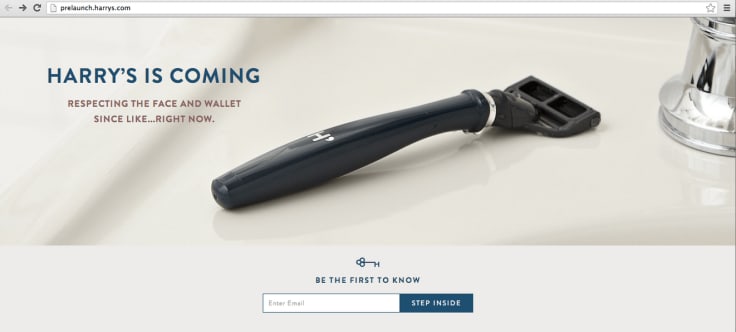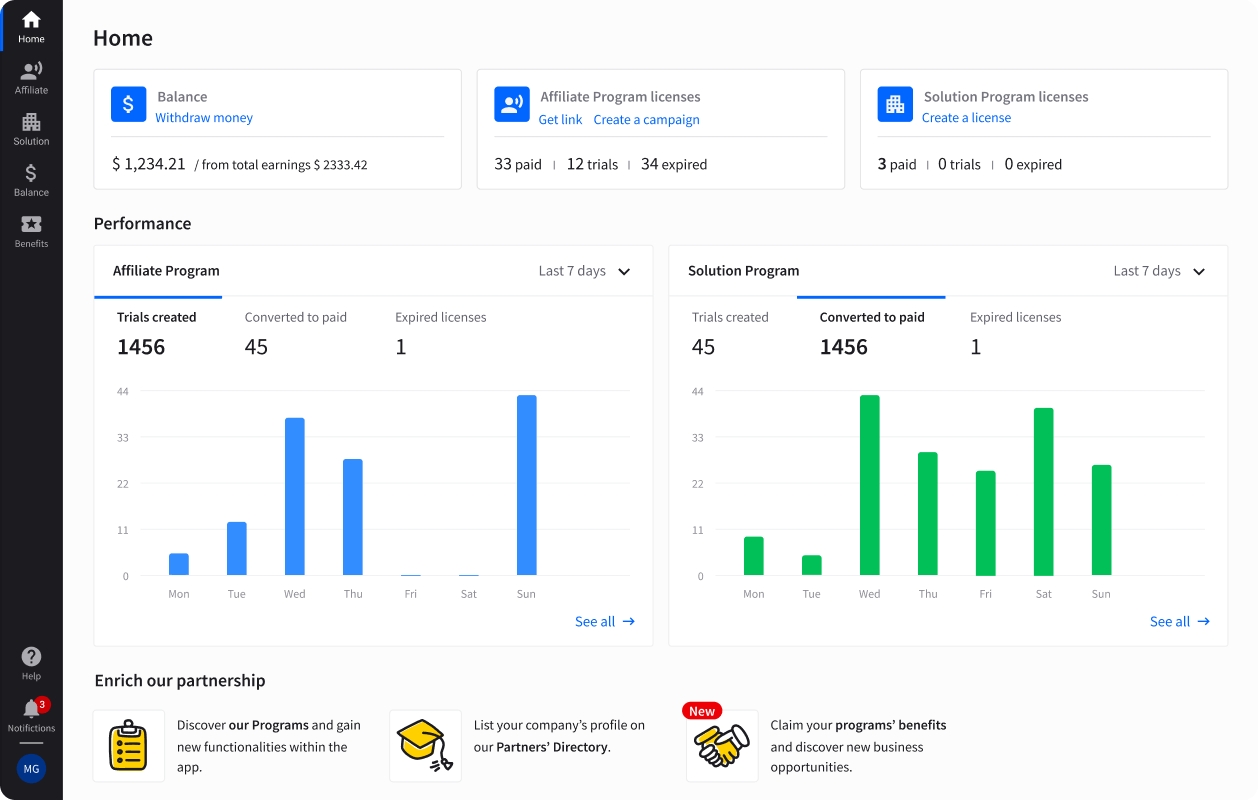Showing top 0 results 0 results found
Showing top 0 results 0 results found

You’ve researched the market, spoken to quite a few people, created an early version of your product, and now you’re ready for a product launch.
That should be easy, right?
You release your brand new app or a physical item to the public and people start lining up to get it, or they visit your website and order it online straight away. Done and dusted!
While that’s how it should work in the ideal world, the real product launch scenario may be very far from this. And as statistics confirm that this is often the case. According to research, over 70% of product launches are not successful at all, and most companies fail in their first year after the release. Even giants like Google and Apple are not immune.
So, here’s my list of questions you’ll need to ask yourself to make sure that you'll rock your product launch. Look in the mirror, take a deep breath, and let’s dive in!
What existing audiences and communities could I leverage?
First of all, make sure that you’ve done your research and you know what online communities and forums you could tap into when promoting your product. Of course, start approaching these months before the actual launch. Try finding answers to these questions:
- What are the main problems these communities struggle with?
- What products or services would they benefit from?
- What could influence their decision to buy and what would be an ideal price?
Once you know these replies, it will be much easier to decide on how your product, your pricing policy, and the USP (Unique Selling Proposition) should look like. Don’t start ‘selling’ your product too early though - strive to be helpful and share insights from the development process, and the community engagement will follow.

Also, make sure you have a list of social influencers, bloggers, and journalists you can contact when promoting your brand new service or product. You can use tools like Prowly, MuckRack, and Anymail Finder to find and collect details of relevant people who can give your product a very much needed advertising push.
Are you collaborating with any other businesses? Don’t forget about your partners too! Shoot them an email and check if they would be willing to give you a shoutout on social media or include your new project in their newsletters. At LiveChat, we’re all about backing our partners up, and we regularly feature their success stories and guest posts on our blog. You can sign up for our Partner Program to find out more about all the perks of our support network.
What can I do to make sure my team is ready?
Getting the product launch right is also about making sure that your team knows about its every step. This includes the pre-launch hustle as well as ensuring that your sales team will be able to handle the volume of new requests (be it downloads or contact inquiries).
The spike in new signups that a business couldn’t take on is what’s caused multiple companies to fail or take a few steps back. One of the examples of SaaS ventures that went out of business due to a higher-than-expected demand was a user research startup, Delight.io. While they’ve gained a high volume initial interest and traction on Twitter, they could not keep up and deliver what their users wanted. Its founder, Thomas Pun lists of reasons for the failure in this post-mortem note.
When should I create a landing page?
The short answer to this question is: as early as possible. I can’t stress enough how important this is and how favorably it worked for the products I’ve helped launch in my marketing career. Your landing page will not only inform people about your product and allow them to download/buy it, but it can also be a great way to start collecting leads weeks before the actual launch and check how many people would be interested. This will also help you validate your business idea too - you can read more about how to achieve it in this post from the Product Tribe blog.
Remember that you don’t need the full version up and running before your product launch - it could be a single one-page website with short information about the product and a section for the potential customers to leave their emails so you could notify them once the product is released.
Take a look at this simple landing page a men’s shaving company, Harry’s has prepared before the 2013 launch of their first physical product:

It worked like a charm in their case. They’ve been able to collect 10,000 using a single landing page before they even properly released their razors to the public. You can read their whole launch story as told by Harry’s co-founder, Jeff Raider on Tim Ferris’ blog.
What type of content should I prepare?
Once again, the response is simple here: you’ll need visual content as well as copy. Make sure that your design and content team know precisely what to do and what type of assets they’ll need to prepare.
Some of the examples of things that you’ll need before your product launch are:
- An email copy to be sent to all subscribers from your landing page letting them know about the launch;
- Video explaining basic features of your product;
- FAQ that could be placed on your website and that will help your users navigate the product;
- Visual social media images to be used in promotional campaigns (organic as well as paid);
- A media kit (including high-quality screenshots and a short press release) that you could share with the journalists and bloggers you’re in contact with.
The possibilities are endless here and will depend on what type of product or service you’re planning to offer.
Should I invest in paid promotion?
The question of whether you should invest in paid promotion is a hard one. On the one hand, relying solely on organic growth will make the whole process far more sluggish and may not help you reach new audiences as fast as you’d like to.
On the other hand, promoting your product via paid channels can drive the ‘wrong' type of signups from people who are not interested in using your project on a regular basis. You may end up with tons of conversions and a painfully low retention rate. Making sure that you exactly know not only how to acquire new users, but also how to keep them coming back to you is key to a successful product launch and as such, should be included in your strategy.
How do I create a product launch sequence?
Phew! Once your strategy, outreach lists, assets, and co are ready, it’s time to decide on the order in which you will be releasing each information to the public. Schedule it carefully as it can be a make-or-break of your business. Should you contact the journalists or your investors first? How many potential users have you got on a list from your landing page? Find honest answers to all of these questions when setting up a release sequence.
While you can go all for a so-called ‘hard launch’ where you i.a. organize a well-advertised event with a group of journalists and bloggers invited, I have to admit I am a huge fan of a softer, more organic approach to releasing a product. Don’t rush each stage of the launch and make sure that you gradually build the momentum instead of just pushing your project out there and hoping for the best.
The other problem I experienced with hard launches is the fact that they force the all-or-nothing perspective on the product. If you’re more experienced product owner or marketer, you may have noticed that your product is a living and evolving creature. Creating, i.e., a polished video or tutorial if your project’s core features are still work-in-progress may cause you to relaunch it in a few months.
You may as well use this advice from UserOnboarding’s Samuel Hulick and treat launches as simply ‘putting things out there’ to the startup universe:
Samuel Hulick
An underrepresented concept in startup thinking is "no launches, ever": just put things out there without a big dog & pony show, and learn to only work organic adoption levers.
Also, remember that a product launch is never fully completed. There always be new audiences to reach and new features to be built and presented to your existing users. Don’t get discouraged though - embrace the process, and you’ll learn to enjoy the ride!
Whatever approach you’ll take, I’ll keep my fingers crossed!
Over to you
Are there any critical launch-related questions you would add to the list? Don’t hesitate to leave them in the comments below. I’m also on Twitter.



